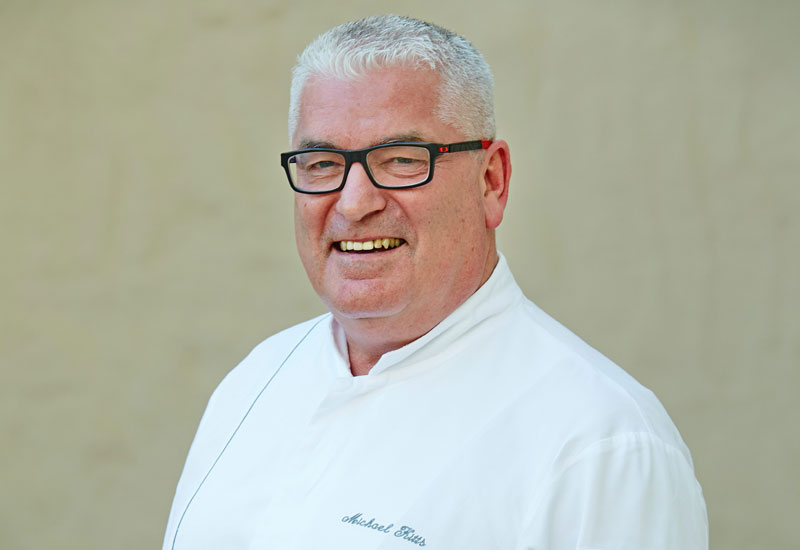While kitchens have largely been relegated to back-of-house, they are slowly emerging in the front with show kitchens forming a major part of restaurants across hotels and standalones. Chefs are no longer hidden, but appear in front of the guests.
But it’s not just how they look. Chefs work in tough environments for hours at end — comfort is equally important as, or more than, looks.
Caterer Middle East quizzed Emirates Academy of Hospitality Management director of culinary Michael Kitts about what influences a chef when purchasing a jacket.

| Advertisement |
He says one of the first things is the material. “[It needs to be] light-weight, but durable. Bear in mind ‘whites’, from a commercial laundry point of view, will put all jackets in together and this is where real quality can been seen… 150 washes at least and still looking good!”
On the supplier side, A. Ronai LLC design and production manager David Sprakes agrees: “We know that a lot is demanded of uniforms during their lifetime. We take great care in sourcing fabrics and components that will make sure that your uniform looks as good as possible — for as long as possible.”
Another concern is the breathability. Kitts says they need to be well-aerated. He says: “There have been huge advances in this area, where the jacket is literally breathing.”
Kitts also reveals that when manufacturers differentiate between line workers and kitchen management, it is very beneficial, as this can have big financial implications for the business. This is related to the type of fabric used (high-end versus affordable), and the style of tailoring.
Uniforms don’t even have to be uniform anymore (pun not intended). Style and looks also play a role in designs. Kitts says: “One thing that has really changed over the years is the fastening options and all chefs have their favourites: cloth buttons, velcrose, studs etc. The fact that manufacturers can literally tailor to the theme of the restaurant is also very novel these days.”
Earlier this year, the new Uniforms by Ronai catalogue was launched with this very reasoning, and Sprakes said: “We realised there was a gap in the market for a stock-driven catalogue to service customers’ requirements as efficiently and stylishly as possible. The catalogue offers a full range of uniform solutions, from suiting to workwear, from hospitality to kitchens.”
Sprakes said that while corporatewear catalogue offerings in the UK and Europe were impressive, A. Ronai identified that a different approach was required for the Middle East. He explains: “With such a diverse range of stunning properties and individual businesses in the region, offering something more adaptable than just a standard range of stock-held garments was vital. “So, to give our customers as much choice and flexibility as possible, we introduced our ‘Garment Builders’. With certain garments in our range you can now become your own designer, and choose the details you want. From sleeve lengths to buttonholes and fabric colours, your choices help to create a unique garment for you and your team.”
Sprakes said the suppliers that work with A. Ronai develop fabrics and trims that are designed specifically for the uniform market, ensuring that the garments are not only stylish, but fit for purpose.
Kitts says: “Lastly the styling of the jacket [is important]; like the rest of the staff, chefs too like to look smart, even more so with open kitchens.”
The chef concludes: “Thankfully the days of walking around with a marquee on your back are long gone. Some of the jackets that are at the top-end of the market can cost as much as a good quality suit, so all the above mentioned play their part in producing the modern day chef’s jacket.”









 Search our database of more than 2,700 industry companies
Search our database of more than 2,700 industry companies









